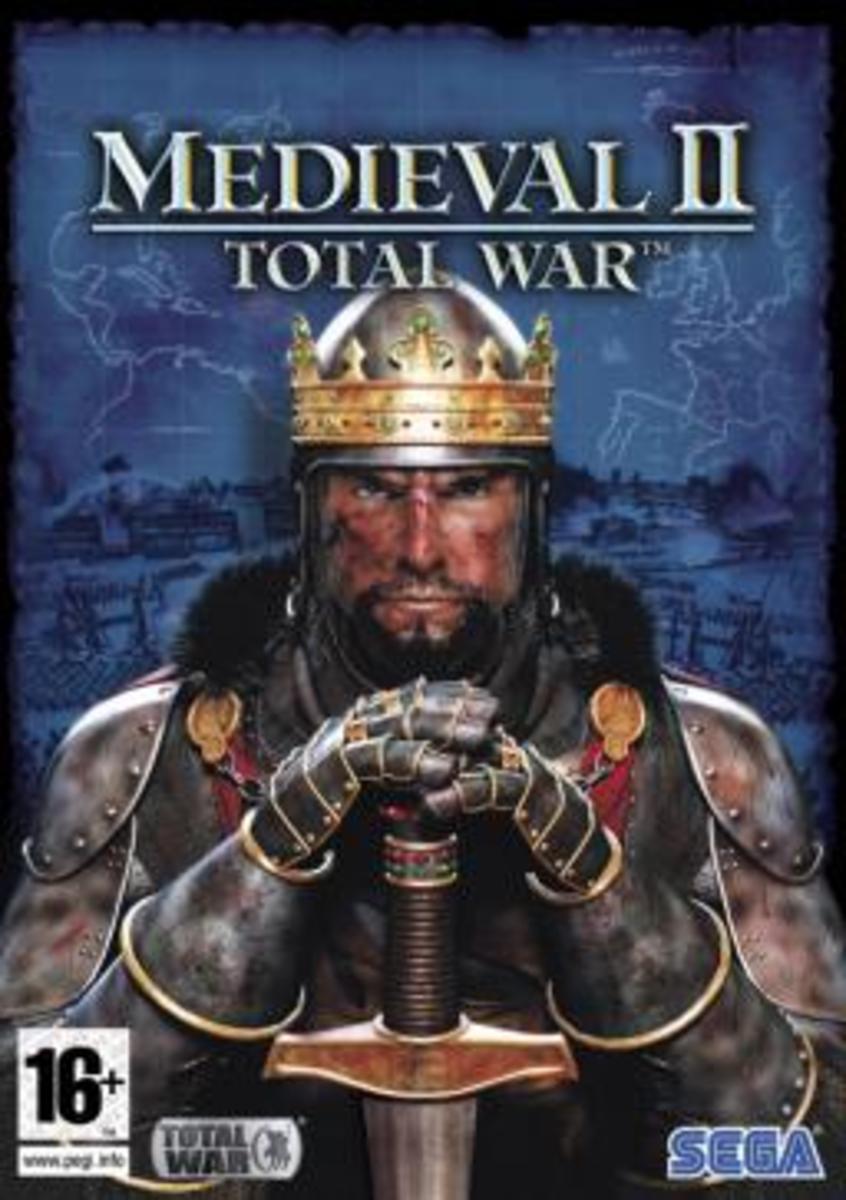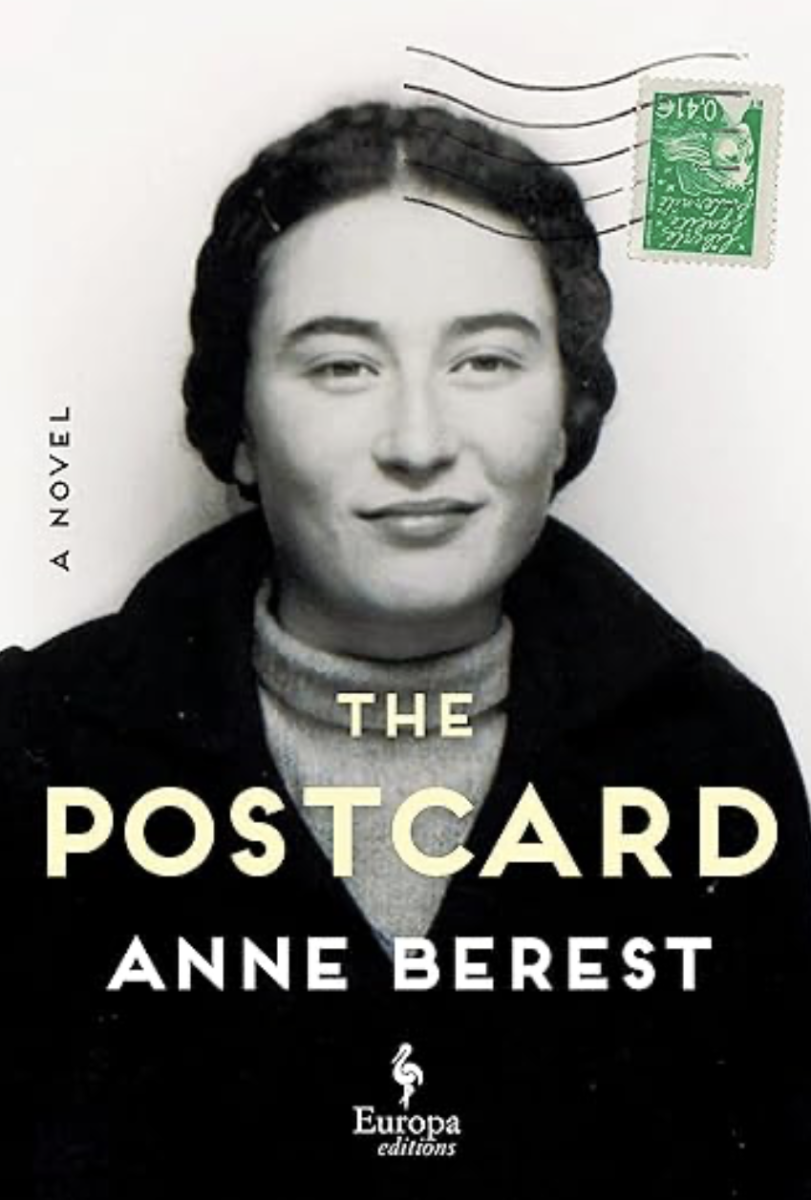
Photo courtesy Facebook
The game takes place, as expected, in the Middle Ages: the age of legendary kings, chivalrous knights, princes, princesses and, of course, total war. In Grand Campaign, the single-player game mode in **Medieval 2,** 21 different factions vie for dominance. Initially, players may only play as one of five starting factions, but additional factions can be unlocked. The map centers on continental Europe but stretches from the chilly Baltic Sea to the barren wasteland of the Sahara, steep mountains of Persia and eventually jungles of the Americas.
Each faction is distinct in military and culture. The troops in the Western European armies typically wear metal armor and rely heavily on cavalry to smash the opposing armies. Eastern Arab armies focus on horse archers to chip away at enemies from a distance, then send light but fast cavalry to finish the job. Northern Eurasian armies are a mixture of the two. **Total War** includes other gameplay types such as historical battles and multiplayer options.
The campaign starts out at the end of the depressing Dark Ages in the 10th century and ends with the hopeful Age of Exploration in the 15th century. Players must build a strong military to defend against invaders and acquire new lands for their people. Besides conducting the duties of a general, the player must also build up their cities, towns and castles to keep the economy running and the masses happy. The player can employ agents such as priests to convert the populaces to their nation’s religion, as well as merchants to gain additional income, diplomats to negotiate deals with neighbors, princesses to seduce enemy generals, spies to watch the movements of enemies and assassins to silence traitors and foreign leaders.
Each faction is led by a king, sultan or emperor whose orders are carried out by their nobles, who are princes, emirs or lords. These units function both as generals on the battlefield and governors in the settlements. The center of the map’s politics is the church. Muslim nations must stay in good graces with the cross unless they want the papacy calling for armies of zealous crusaders to come smashing through the gates.
A number of historical events take place over the course of the campaign that affect the player’s nation, such as the Black Death, exploration of the New World and an invasion by a Mongol named Timur who has a vast array of exotic units, including elephants with cannons mounted on their backs.
Battles take place in real time and are divided into two types: field battles and sieges. In field battles the player fights their enemy in open field. There are a variety of locales they fight in, each with their own distinct terrain and weather. The player wields a wide selection of over 110 different units that consist of militiamen, armored cavalry, artillery, crossbow men, spearmen, knights, horse archers, and more. Battles can range from dozens to thousands of individually animated units that engage in brutal hand-to-hand combat. Siege battles have the same aspects as field battles but are far more chaotic for both the person attacking the city or castle and the one defending it. The player must not only command an army but also control siege equipment such as ladders, siege towers, catapults, battering rams, and so on.
The game is not without its flaws though. The A.I. does not always understand tactics and will sometimes commit ahead on suicidal charges with no real strategy. Also, managing so many aspects of an entire nation can be frustrating at times, which adds salt to the wound when allies betray you.
The **Total War** series is without a doubt one of the best RTS games of all time. Even with its few flaws, **Medieval 2: Total War** is one of the most fun and exciting games I’ve ever played.
4.5 out of 5 stars
Email Daniel Woodhouse at reporter16@unfspinnaker.com







